Global Market Comments
April 11, 2025
Fiat Lux
SPECIAL VOLATILITY ISSUE
Featured Trade:
(TESTIMONIAL)
(MAKING VOLATILITY YOUR FRIEND),
(VIX), (VXX), (XIV),
(THE ABC’s OF THE VIX),
(VIX), (VXX), (SVXY)

Global Market Comments
April 11, 2025
Fiat Lux
SPECIAL VOLATILITY ISSUE
Featured Trade:
(TESTIMONIAL)
(MAKING VOLATILITY YOUR FRIEND),
(VIX), (VXX), (XIV),
(THE ABC’s OF THE VIX),
(VIX), (VXX), (SVXY)

Global Market Comments
February 11, 2025
Fiat Lux
SPECIAL VOLATILITY ISSUE
Featured Trade:
(TESTIMONIAL)
(MAKING VOLATILITY YOUR FRIEND),
(VIX), (VXX), (XIV)
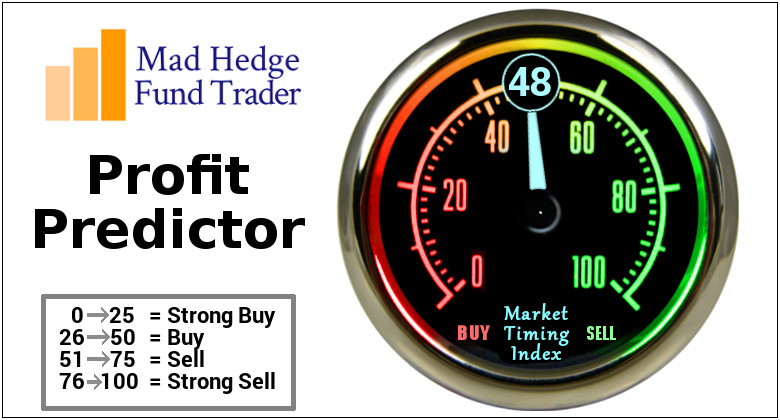
Global Market Comments
January 18, 2023
Fiat Lux
Featured Trade:
(TESTIMONIAL),
(SHOPPING FOR FIRE INSURANCE IN A HURRICANE),
(VIX), (VXX), (XIV),
(THE ABCs OF THE VIX),
(VIX), (VXX), (SVXY)
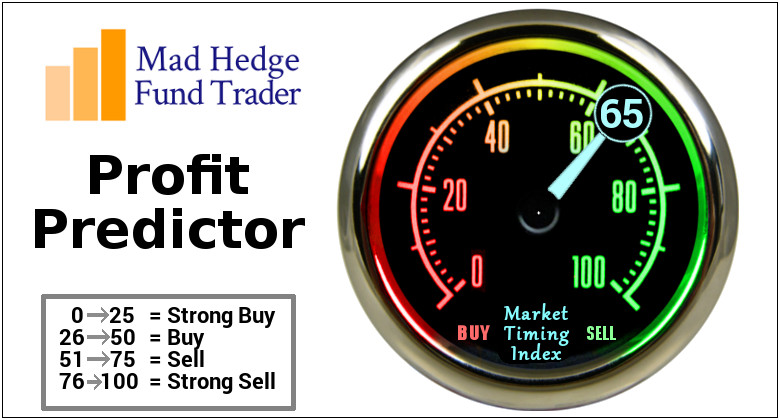
CLICK HERE to download today's position sheet.
With the Volatility Index back down to a bargain $18, I am getting deluged with emails from readers asking if it is time to start hedging portfolios one more time and buying the iPath S&P 500 VIX Short Term Futures ETN (VXX).
The answer is no yet, but soon, possibly very soon.
They are inquiring at absolutely the wrong time.
And here is the problem. When the (VIX) rises, it usually spikes straight up, and then right back down again. This time, it spiked, but has since hung around the $20 level all year rather than collapse back down.
That suggests that there is another leg up to go in volatility until it hits $40 or more before it takes a much-deserved break. That means the stock market has one more sharp selloff left before we hit bottom and bounce.
Markets can ignore trade wars, rising interest rates, the Ukraine War, and international political instability in Taiwan for a while, but not forever. When the time DOES come to pay the piper, prices and volatility will rocket.
Which all brings me to the subject at hand.
If you are new to the service and have no longs, you probably should skip this trade and just watch it as a learning experience.
This can also be a great hedge for any long positions we may want to add in the coming weeks, such as in “peace,” or technology plays.
As I never tire of telling people, no one ever complains when they buy fire insurance and their house doesn’t burn down.
If you are new to this service, don’t freak out. My daily research newsletters are not always about exploring the esoterica of options, or volatility trading.
I’ll let you know when I’m ready to pull the trigger with a Trade Alert.
I am always trying to get better prices.
If you are new to the (VIX) game, please read the educational piece below.
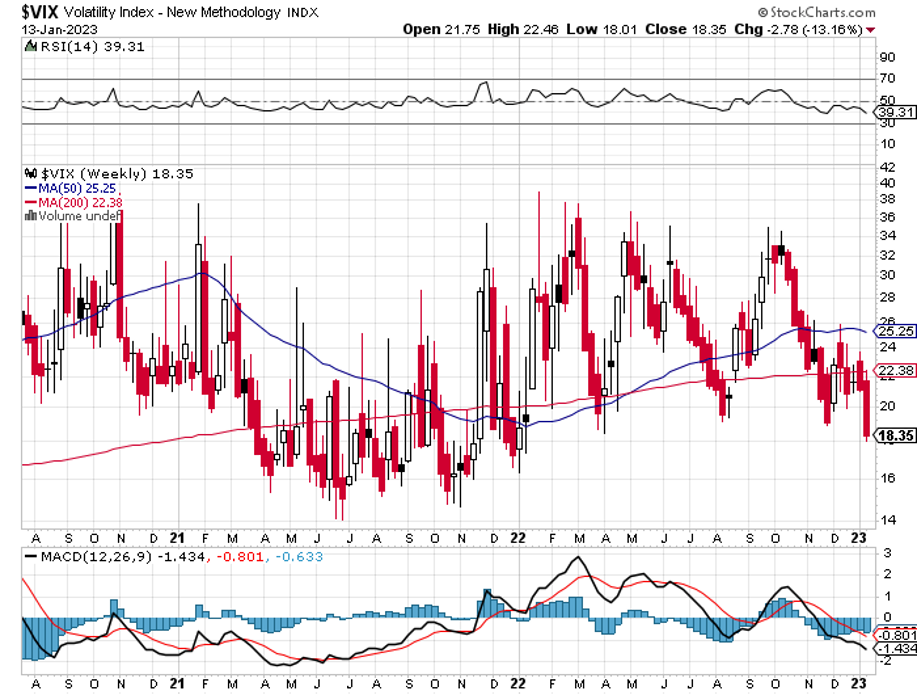
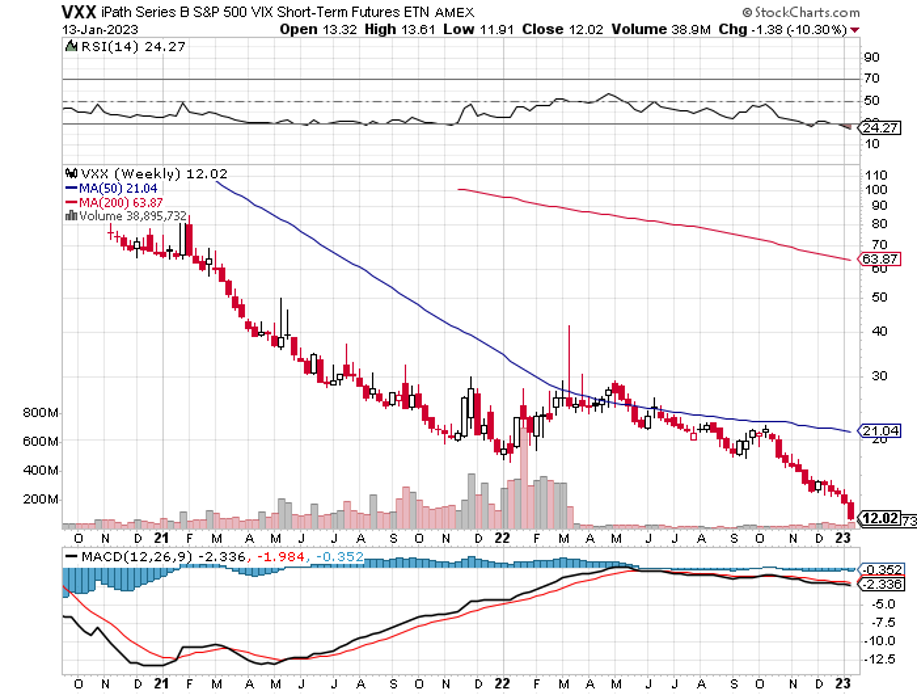

Global Market Comments
March 30, 2022
Fiat Lux
Featured Trade:
(TESTIMONIAL),
(SHOPPING FOR FIRE INSURANCE IN A HURRICANE),
(VIX), (VXX), (XIV),
(THE ABCs OF THE VIX),
(VIX), (VXX), (SVXY)
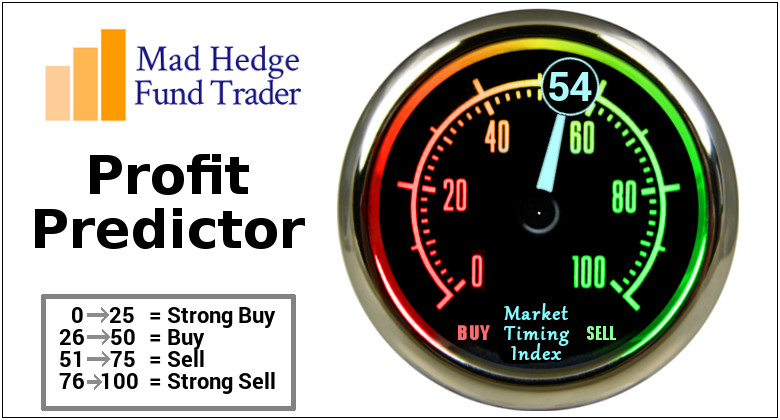
Global Market Comments
July 20, 2021
Fiat Lux
Featured Trade:
(SHOPPING FOR FIRE INSURANCE IN A HURRICANE)
(VIX), (VXX), (XIV)
(THE ABCs OF THE VIX)
(VIX), (VXX), (SVXY)
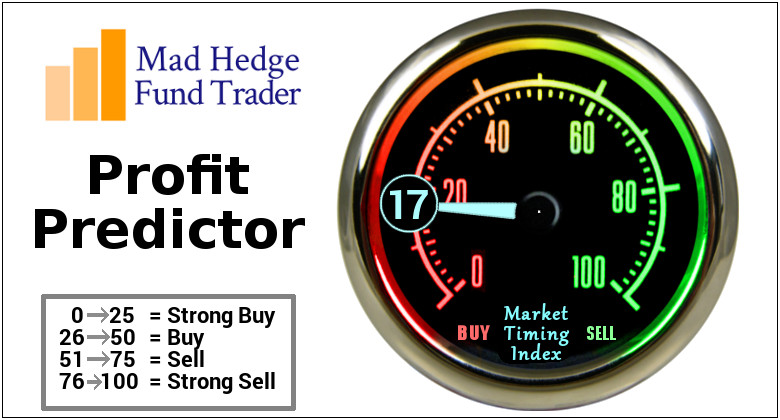
Global Market Comments
September 17, 2020
Fiat Lux
Featured Trade:
(SHOPPING FOR FIRE INSURANCE IN A HURRICANE),
(VIX), (VXX), (XIV),
(THE ABCs OF THE VIX),
(VIX), (VXX), (SVXY)
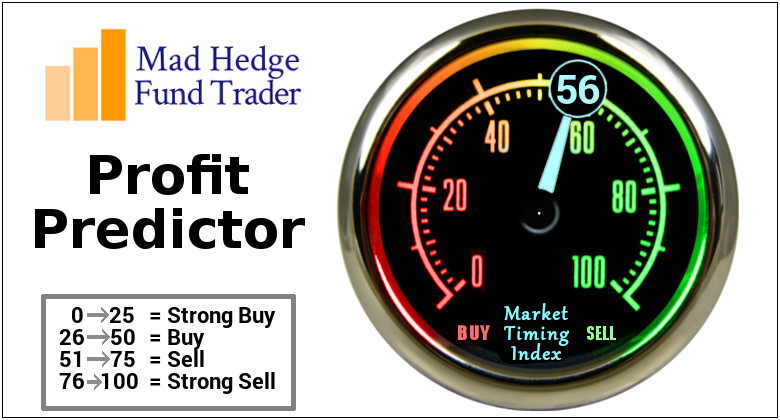
Global Market Comments
September 5, 2019
Fiat Lux
SPECIAL VOLATILITY ISSUE
Featured Trade:
(SHOPPING FOR FIRE INSURANCE IN A HURRICANE),
(VIX), (VXX), (XIV),
(THE ABCs OF THE VIX),
(VIX), (VXX), (SVXY),
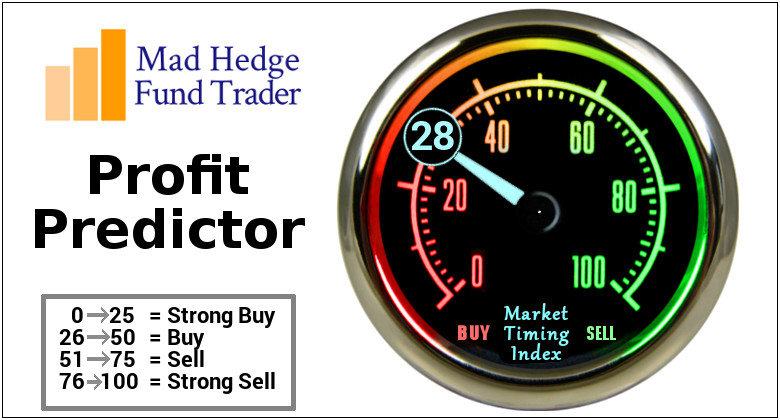
Global Market Comments
May 16, 2018
Fiat Lux
Featured Trade:
(THE LAWSUITS ARE PILING UP ON THE XIV),
(XIV), (VXX),
(KISS THAT UNION JOB GOODBYE),
(TESTIMONIAL)
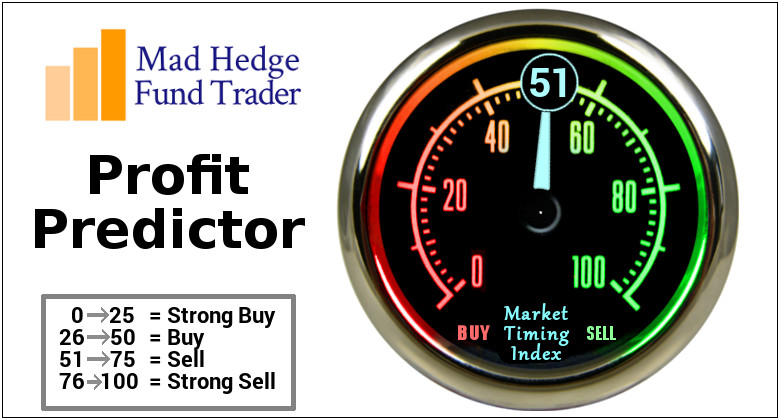
One of the most painful experiences of my half century long trading life involved the Credit Suisse VelocityShares Daily Inverse VIX Short-Term ETNs (XIV).
I was certain that the Volatility Index (VIX) would peak for the year at the Wednesday, February 5, 8:30 AM market opening. So, I shot out a Trade Alert to place only 10% of your capital into the (XIV), a bet that the (VIX) would fall. There was only a 15-minute window before the market closed during which readers could get in. A few managed to do it.
The (XIV) had just fallen from $147 to $95.00. We got in at $97.08, and it closed the day at $100. The (VIX) closed at $37. And we had made money many times selling short volatility over the past decade on spikes just like this one. The (XIV) had been the fastest growing of 3,500 ETFs over the past five years. So far, so good.
Then an hour after the close, I received an urgent call from a client. The (XIV) was trading at $14. What's up?
My initial instinct was that a major hedge fund had either gone bankrupt or had a margin call and was suffering a forced liquidation in the aftermarket.
Overnight, the (XIV) traded as low as $6.50. I later heard that Credit Suisse itself was the major buyer of volatility in the aftermarket, in fact was the ONLY buyer, and that it was deliberately attempting to bankrupt its own fund to limit its liability. Those in management in Zurich were afraid that if the (VIX) shot up to $100 it might take the entire bank down. In short, they panicked.
The next morning they issued notice that they were closing the fund in 10 days. I was certain that the managers were guilty of insider trading and securities fraud in ordering the emergency short cover, and that it was just a matter of time before the class action suits emerged.
Three months later, the lawsuit has been filed by the Gibbs Law Group in Oakland, CA, in the Southern District of New York for unspecified damages, expenses, and legal fees, with a jury trial demanded.
The last time I was involved with one of these was with the MF Global bankruptcy in 2011, where I and most of the rest of the trading community had an account.
I was initially offered 25 cents on the dollar. I refused, expecting to eventually get paid in full. I knew that the MF assets in question were never lost, they were just caught up in a conflict between U.S. and U.S. bankruptcy law that would eventually be resolved. That is what happened, and I was paid in full three years later.
The (XIV) case is much more complicated because there was a huge real loss, about $2 billion, and it involved complex mathematically constructed derivatives. Since the managers behaved so reprehensibly, and because the evidence of their misdeeds is so overwhelming, it is unlikely that the case will ever come to trial. Instead, there will be an out-of-court settlement.
If the SEC takes action it will further strengthen the plaintiffs' hands. There is currently an investigation of Credit Suisse underway and it ultimately could get banned from doing business in the United States.
My bet is that investors will get at least half their money back, if not more. But it could take years to get it, and in a class action the lawyers get a big chunk of any awards for their efforts, usually one-third. Sometimes, class actions can last as long as 10 years.
As for my own followers, most followed my advice to put no more than 10% of their capital into the trade. As it turned out, they made back the 9% loss in less than a month, half of it through selling volatility short again. But this time I used put spreads on the iPath S&P 500 VIX Short-Term Futures ETN (VXX), a long volatility play that will never go to zero overnight.
To read the suit in its entirety, please click here.
To learn more about the suit, please click here and here.
Or you can call the Gibbs Law Group directly at 510-350-9700. I'm sure they'd love to hear from you.
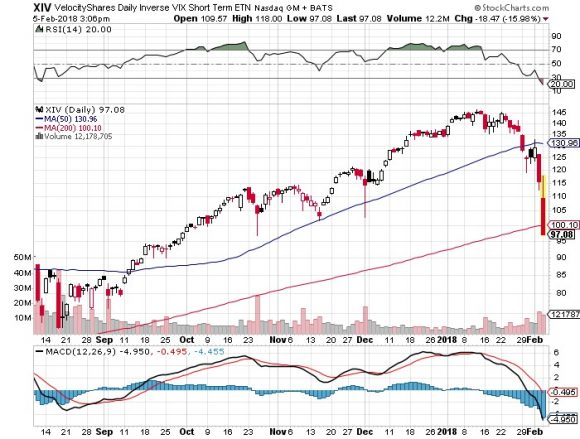
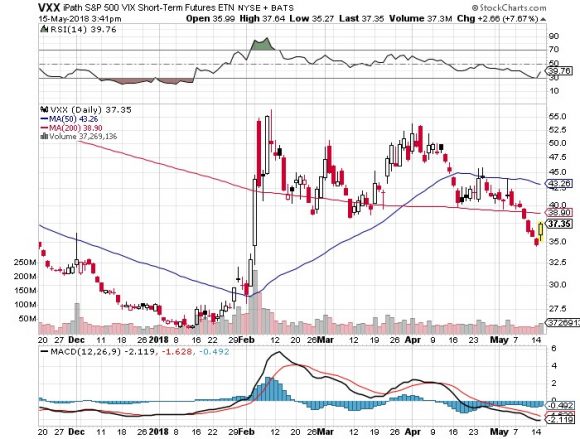

Trading Volatility Can Be Hazardous to Your Wealth
Legal Disclaimer
There is a very high degree of risk involved in trading. Past results are not indicative of future returns. MadHedgeFundTrader.com and all individuals affiliated with this site assume no responsibilities for your trading and investment results. The indicators, strategies, columns, articles and all other features are for educational purposes only and should not be construed as investment advice. Information for futures trading observations are obtained from sources believed to be reliable, but we do not warrant its completeness or accuracy, or warrant any results from the use of the information. Your use of the trading observations is entirely at your own risk and it is your sole responsibility to evaluate the accuracy, completeness and usefulness of the information. You must assess the risk of any trade with your broker and make your own independent decisions regarding any securities mentioned herein. Affiliates of MadHedgeFundTrader.com may have a position or effect transactions in the securities described herein (or options thereon) and/or otherwise employ trading strategies that may be consistent or inconsistent with the provided strategies.
This site uses cookies. By continuing to browse the site, you are agreeing to our use of cookies.
OKLearn moreWe may request cookies to be set on your device. We use cookies to let us know when you visit our websites, how you interact with us, to enrich your user experience, and to customize your relationship with our website.
Click on the different category headings to find out more. You can also change some of your preferences. Note that blocking some types of cookies may impact your experience on our websites and the services we are able to offer.
These cookies are strictly necessary to provide you with services available through our website and to use some of its features.
Because these cookies are strictly necessary to deliver the website, refuseing them will have impact how our site functions. You always can block or delete cookies by changing your browser settings and force blocking all cookies on this website. But this will always prompt you to accept/refuse cookies when revisiting our site.
We fully respect if you want to refuse cookies but to avoid asking you again and again kindly allow us to store a cookie for that. You are free to opt out any time or opt in for other cookies to get a better experience. If you refuse cookies we will remove all set cookies in our domain.
We provide you with a list of stored cookies on your computer in our domain so you can check what we stored. Due to security reasons we are not able to show or modify cookies from other domains. You can check these in your browser security settings.
These cookies collect information that is used either in aggregate form to help us understand how our website is being used or how effective our marketing campaigns are, or to help us customize our website and application for you in order to enhance your experience.
If you do not want that we track your visist to our site you can disable tracking in your browser here:
We also use different external services like Google Webfonts, Google Maps, and external Video providers. Since these providers may collect personal data like your IP address we allow you to block them here. Please be aware that this might heavily reduce the functionality and appearance of our site. Changes will take effect once you reload the page.
Google Webfont Settings:
Google Map Settings:
Vimeo and Youtube video embeds:
